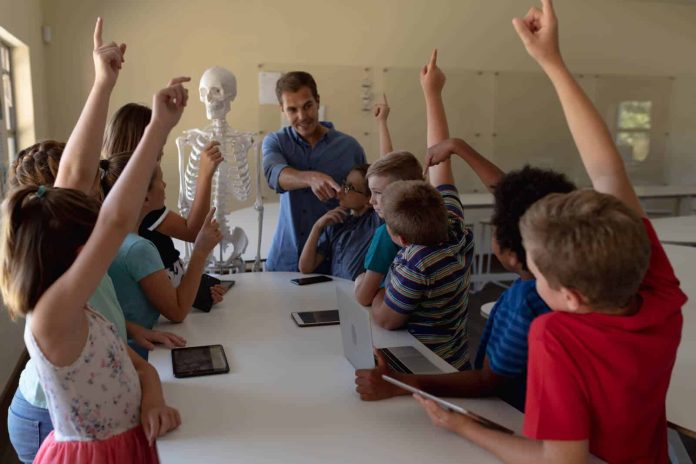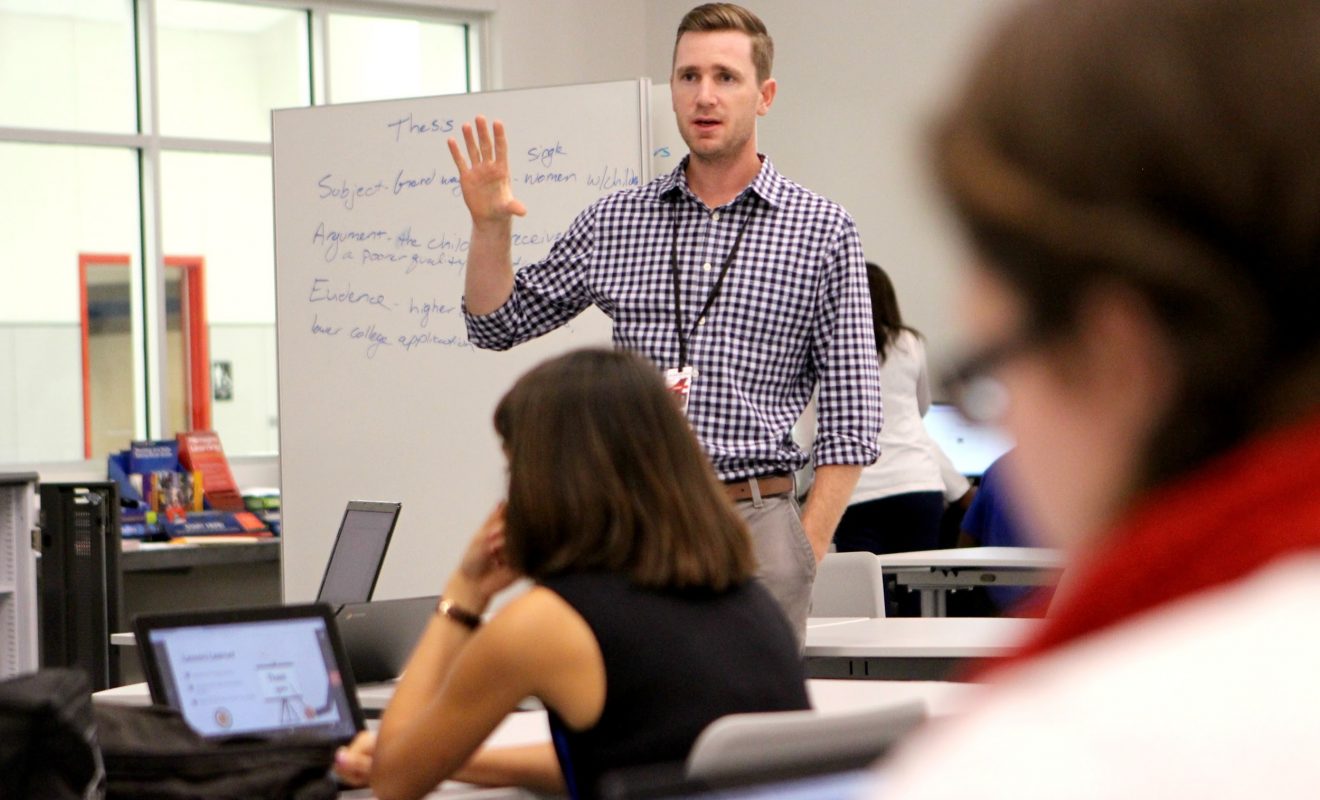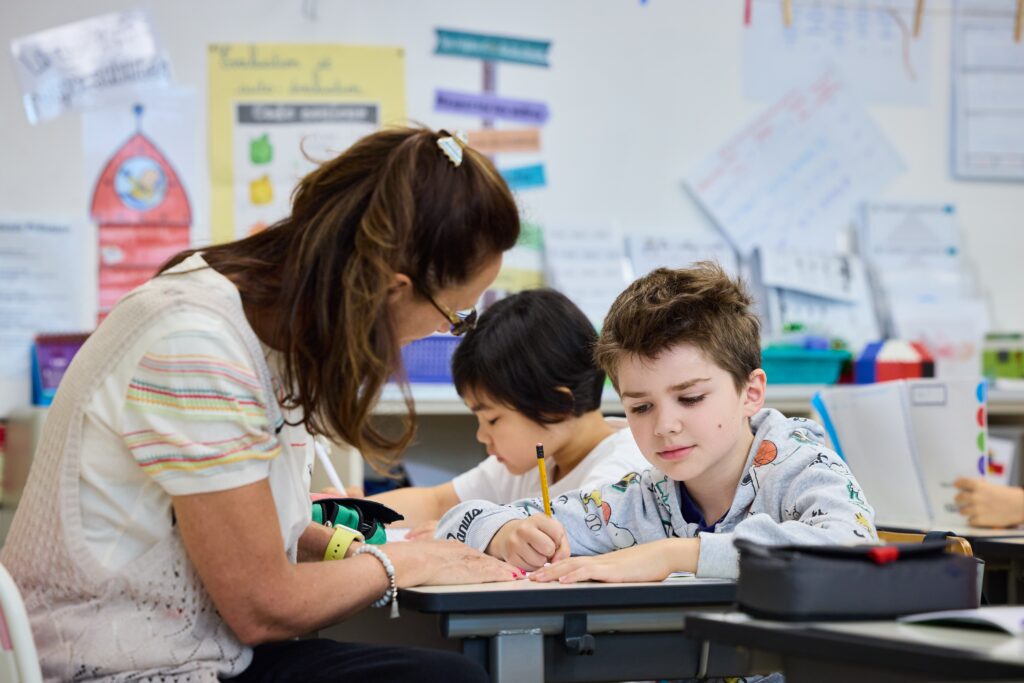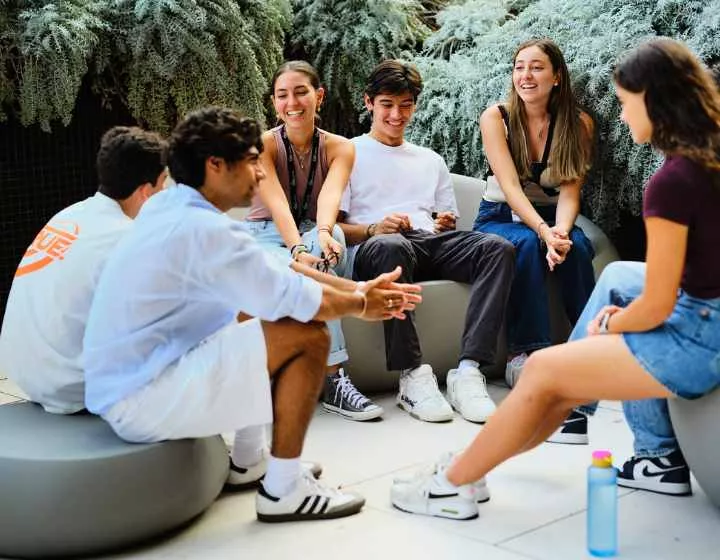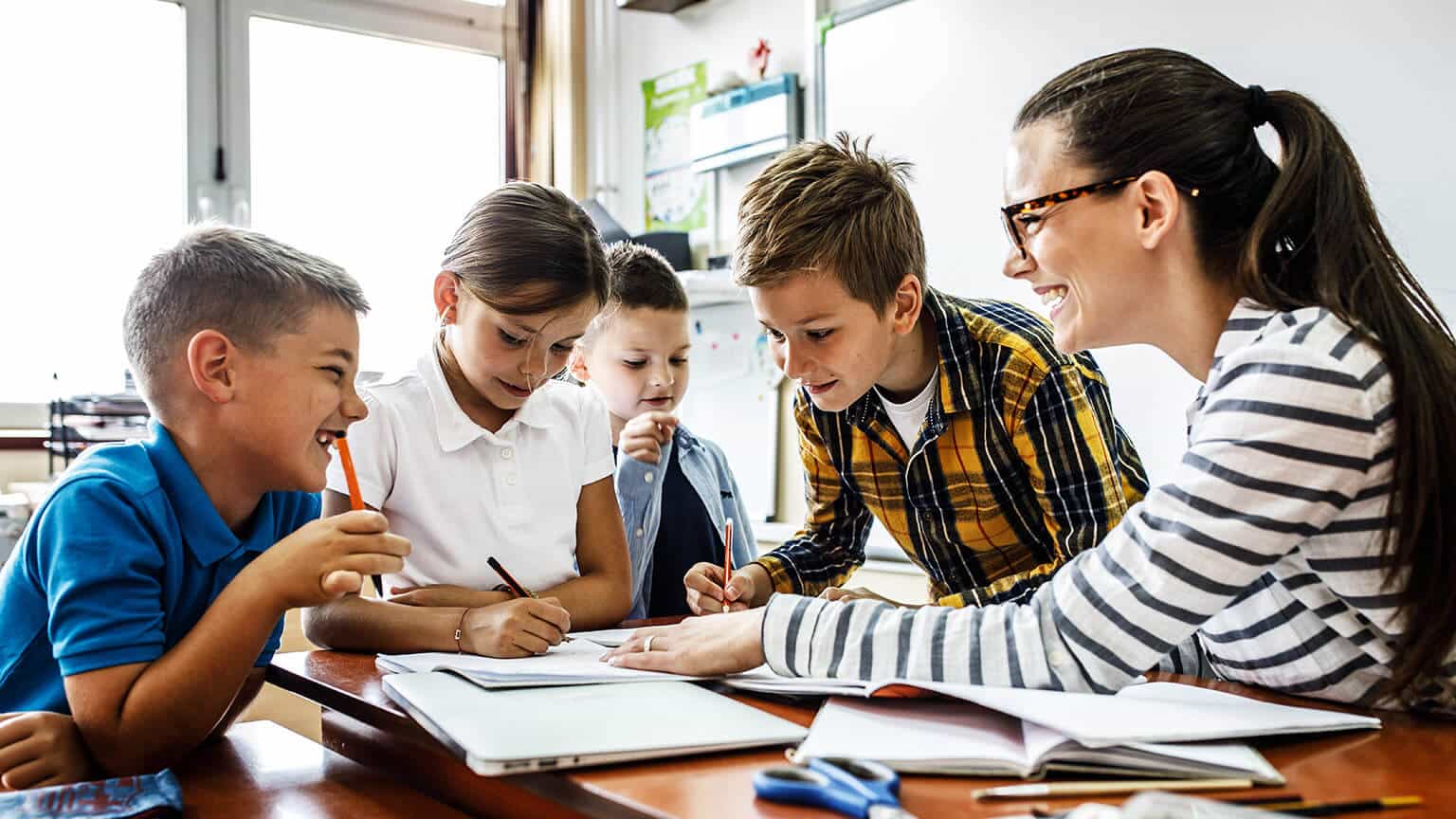The idea of “effective teaching” is debatable because there are many teaching methods whose effectiveness depends on multiple modalities, which are difficult to assess objectively. Teaching practices that have been widely proven contribute to making teaching significantly more effective by making academic knowledge an object that is more easily transmitted and assimilated by students. However, there are teaching practices that have been widely proven and contribute to making teaching significantly more effective by making academic knowledge an object that is more easily transmitted and assimilated by students.
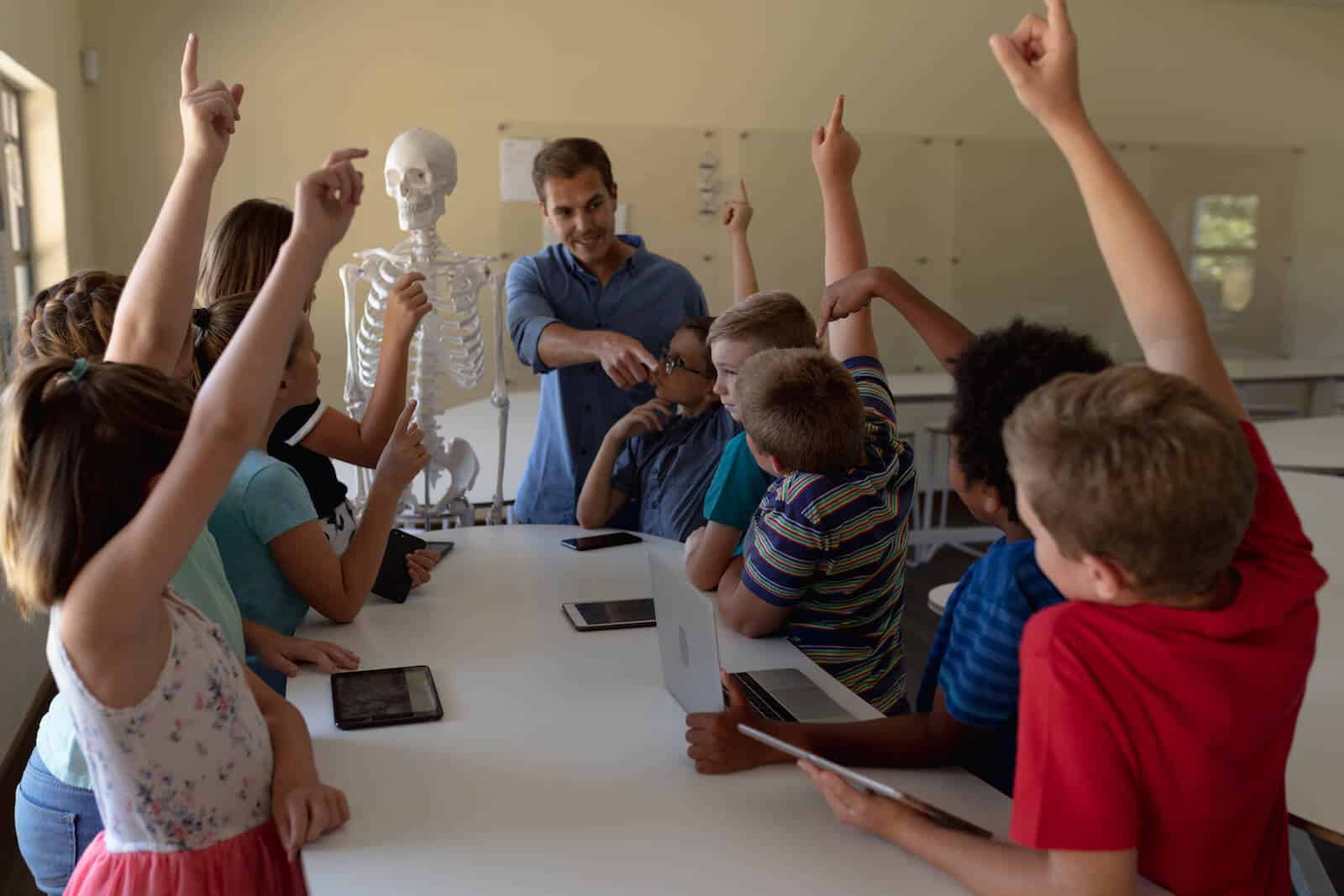
The first part of the article recommends teaching strategies that are easily applicable in the classroom. The second part is aimed more at beginning teachers and offers practical tips for teaching more effectively.
Teaching strategies and plurality of learning
Teaching skills require more than just expertise in an academic field. They require paying particular attention to the diversity of learning and the diverse modes of knowledge transmission in increasingly heterogeneous classrooms.
Visualization and practice
By delivering material in a more concrete way, with visual and hands-on learning experiences, students are generally better able to assimilate, apply, and understand the relevance of the concepts being taught. For example, you can use an interactive whiteboard to display photos, audio clips, and videos; also, you can organize classroom experiments and local excursions to invite students to see things from a more concrete perspective.
You can also display rubrics, charts, and anchor charts on the classroom walls, encouraging students to refer to them as needed. Posters have the advantage of providing visual stimulation, thus contributing to the overall tone of the environment, which is optimistic and collaborative.
Classroom management and task delegation
Managing a classroom requires attention to many different things: distributing papers, recording assignments, organizing and tidying the room, finding supplies, filling out attendance sheets, and more. These are just a small fraction of the tasks teachers must perform to successfully manage their classrooms.
Therefore, it’s all about delegating what you can. Assigning specific tasks fosters a sense of responsibility and helps students develop communication and leadership skills. It can also be a very fun and useful way to encourage students to play an active role in the running of their classroom.
Cooperative learning
By encouraging students to work cooperatively, in small groups or as a whole class, they will gradually develop their self-confidence and improve their communication and thinking skills y learning to express their ideas verbally.
It’s a coordinated effort to find answers, research, or create a project, to which each group member contributes equally. Each member is assigned a role based on their skills; collaborating with peers helps hold each other accountable.
Solving math problems in groups, conducting science experiments together, or performing short drama scenes are examples of cooperative learning. Your role as a teacher in these sessions is to lead the groups and guide them toward their goals.
Inquiry-based learning
Inquiry-based learning is a teaching method that prioritizes students’ curiosity and analytical skills. Students work to find the answer to an open-ended question or problem, using deductive reasoning based on clues and evidence, to move toward a logical conclusion.
As a teacher, you will lead students toward more critical and comprehensive thinking, encouraging them to think for themselves and become more independent learners. In this way, they will gradually improve their problem-solving skills and gain a deeper understanding of the concepts essential to their curriculum.
Concretely, the students’ investigations will seek to mobilize objective knowledge (for example, “why does my shadow change size?” or “is the sum of two odd numbers always an even number?”) or open discussions (“do poems have to rhyme?” or “do all students have to wear a uniform?”).
Differentiated pedagogy
Differentiated instruction allows for adapting instruction by assigning tasks based on students’ needs and abilities. Assigning instructional activities based on the complexity of the knowledge to be imparted and the needs of the students allows for more appropriate support and learning materials for each student (or small groups of students).
Project-based pedagogy
To promote active learning, project-based learning is an interesting initiative. It aims to engage students in multidisciplinary projects to encourage them to develop complex tasks and better identify their cross-curricular skills.
Project-based learning contributes to enriching students’ general knowledge while positively strengthening academic perseverance. It gives meaning to learning and encourages interdisciplinary thinking by stimulating the ambition to acquire new knowledge.
The project should be flexible enough for students to adapt it to their interests and abilities, thus sparking curiosity that drives them to conduct research.
To engage students in this work, the teacher must give them clear instructions and support them throughout the process.
For example, the French teacher can offer group presentations on a variety of topics. In this context, they help students organize their ideas, improve their writing, and, through the use of other disciplines, consolidate their oral and writing skills.
Optimal learning occurs when students are presented with a problem for which they can find the solution with the help of the teacher or their peers.
It follows that teachers must be attentive to what students already know and what they need to learn to complete their projects successfully.
To assess the quality of the project, the teacher must first construct an evaluation grid of criteria more particularly focused on the methodology (quality of the objectives formulated, of the planning process, of the criteria for group decision-making, etc.).
Problem-Based Learning (PBL)
Problem-based learning is similar to project-based learning, but with one major difference: it involves giving students the problem at the beginning of a lesson, before they have learned some of the relevant concepts. Students are given an open-ended question and find their information and resources.
Typically, they work in small groups and actively explore concepts together that address the problem at hand. PBL helps develop independent learners and is easy to customize to students’ needs and learning styles.
Learning through discussion
In discussion-based learning, the teacher leads a class discussion based on student exchanges on a specific topic. This learning promotes critical thinking, listening, and openness to new ideas.
The critical and creative thinking skills implemented in discussions help students strengthen their curiosity and intellectual autonomy (and sometimes also their oral expression!).
The classroom is a dynamic environment that brings together students from diverse backgrounds, abilities, and personalities. Effective teaching, therefore, requires the implementation of creative and innovative pedagogical strategies to meet the individual needs of students without losing sight of the goal of transmitting the established knowledge included in the year’s curriculum.
Practical tips for teaching more effectively
Regardless of the teacher’s methods, their enthusiasm and commitment to their students will influence. Among the teachers who are most successful in generating this desire in their students, we find several attitudes: they set clear instructions, have a positive attitude, are patient, and offer frequent feedback to students on their learning. In addition, they are aware that students learn in different ways and are, therefore, able to adjust their teaching strategies.
We will detail the attitudes and practices that seem to us to be the most relevant in this regard for effective teaching. We will often use the imperative, but these are only suggestions (for teachers who are still inexperienced) that can be followed or not, as you wish.
Teaching with enthusiasm and creativity
By demonstrating enthusiasm and creativity, you’ll more easily inspire students’ desire to learn and ease the pressure of grades and diplomas. Students are likely to be more interested in what they’re learning, and enthusiasm won’t negatively impact your authority and will create a pleasant classroom atmosphere.
Teach in an explicit and well-organized manner.
A clear, explicit, and well-organized teaching style allows you to present difficult concepts and impart in-depth knowledge: keep your long-term goals in mind, communicate them to the class, maintain a pace, and try to end each lesson with a conclusion. To allow students to build on material they have already covered in a previous lesson or even in another subject, it is important to demonstrate how the knowledge is interconnected.
Prepare the lesson well with clear objectives
You must be fully aware of the content of what you will be teaching and prepare your teaching materials. Identify how your lesson contributes to the curriculum it fits into, and work with your colleagues to establish a coherent learning path.
Consider the nature of the skills that should be targeted at the end of the lesson and write a plan that you will communicate to your students, detailing the learning objectives, teaching activities, resources, and assessment methods (criteria for success of the activity).
Set the framework and establish rules in the classroom
In the early stages, it’s always best to set the framework, explain to students how lessons and activities will unfold, define learning objectives, and finally, specify classroom rules (speaking rules, for example). Once you’ve established these rules, it’s important to apply them equally and consistently. This framework helps establish a bond of trust with students and a safe and respectful learning space.
Encourage feedback and exchanges on learning
Engage your students, encourage them to reflect and question what they’re learning. To retain information long-term, students need to be active and interact with each other. To achieve this, problem-solving exercises or small-group discussions are relevant activities that aren’t complicated to implement.
Your job then is to explain and illustrate the key points, to (re)contextualize the knowledge that is transmitted, and to help the students gradually integrate all of their work: readings, learning theoretical lessons, discussions, experiments, practical exercises, etc.
Show patience and empathy.
Supporting students in their learning involves an emotional dimension. To learn new things, explore, take the risk of not succeeding immediately, etc., students must learn to trust themselves.
This involves feeling safe, supported, and considered by the teacher. A good educational relationship allows a young person, who knows that they are supported and accompanied in their learning, to more easily indulge in curiosity and experimentation.
For your part, regularly check in with students to see if they’ve understood a concept before moving on to another. Repetition is often necessary, and patience can be tested! Many concepts can be illustrated more effectively with visual aids such as diagrams, drawings, graphs, slides, etc.
Promote learning in small groups
Peer learning, which typically takes place in small group activities, allows students to receive feedback at the level of discourse and comprehension. This provides a useful complement (not a substitute!) to teacher instruction.
Technologies such as whiteboards and online forums are tools that help student groups share their learning more easily.
Building good relationships with colleagues and parents
Timely communication with parents and colleagues also impacts student learning. Friendly relationships between teachers can foster the sharing of best practices and openness to new teaching methods.
At the same time, communication with parents can sometimes prove decisive, in certain circumstances, for the progress and overall development of the student.

